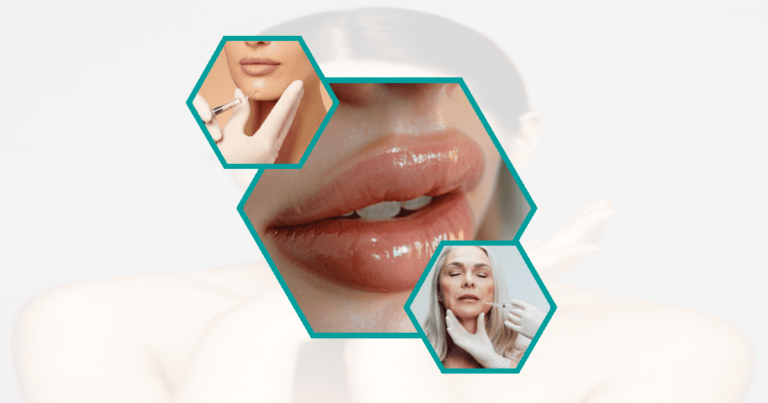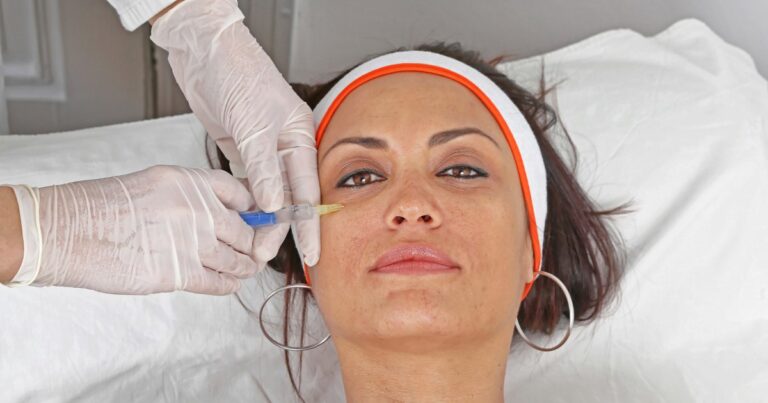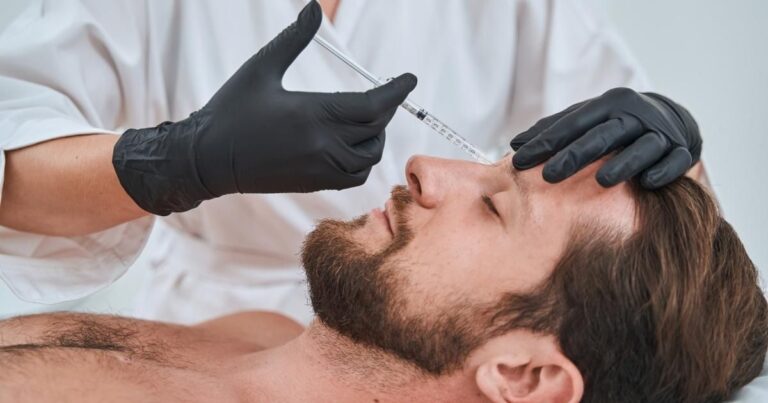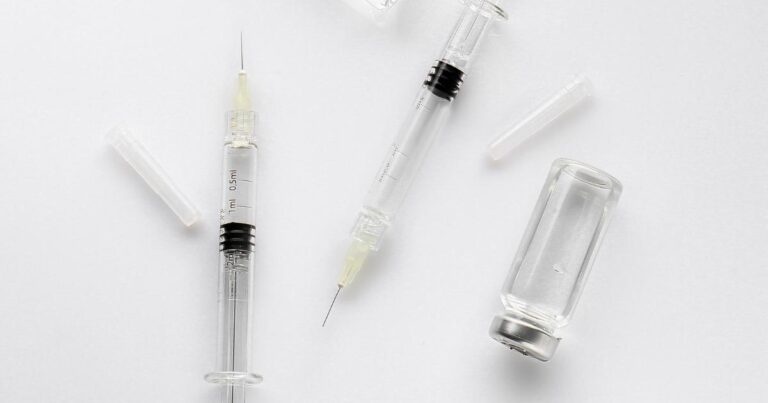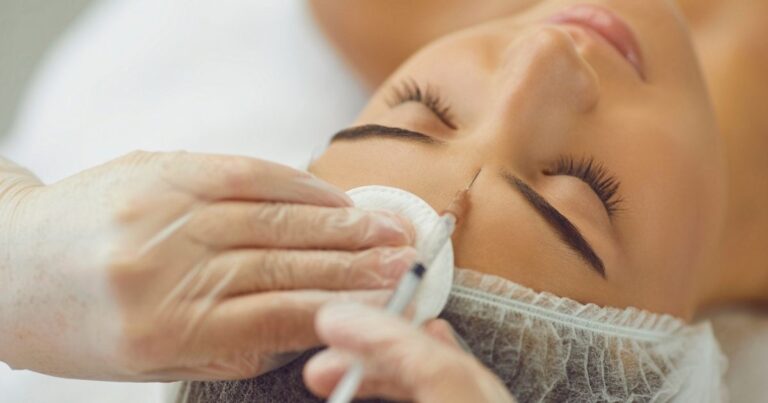Knowing how to improve the appearance of scars with fillers is an important aspect of modern skincare. Scars can often impact self-confidence, whether from acne, surgery, or injuries. Fortunately, advancements in dermatological treatments, such as dermal fillers, have provided a viable solution for those seeking to make scars less noticeable.
How can the Appearance of Scars with Fillers be Improved?
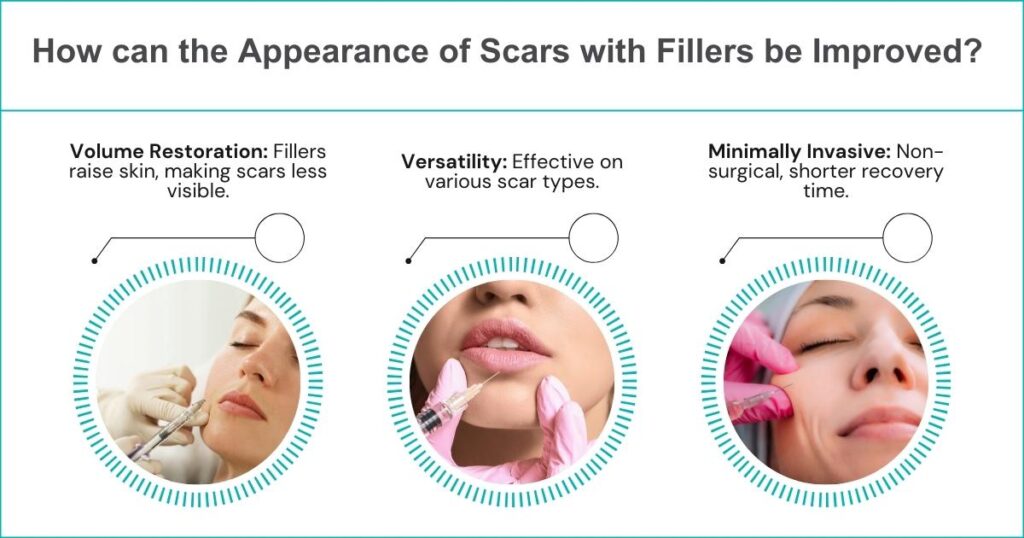
The appearance of scars can be significantly improved using dermal fillers, a non-surgical cosmetic treatment. These fillers are injected beneath the skin to increase volume, smooth the skin surface, and reduce scar visibility. Professional consultation is required to ensure optimal results and safety.
- Volume Restoration: Fillers effectively restore volume underneath the scar, raising the skin surface and making scars less noticeable.
- Versatility: They can be used on different types of scars, including acne and surgical scars.
- Minimally Invasive: As a non-surgical procedure, using fillers for scar improvement has a shorter recovery time and fewer potential complications than more invasive options.
Types of Fillers Used in Scar Treatment
Several fillers are available for scar treatment, including those made of hyaluronic acid, collagen, or even the patient’s fat. Each type has different characteristics, with varying longevity and effectiveness. It is the safety, ease of use, and reversibility of hyaluronic acid fillers that make them popular.
| Filler Type | Characteristics | Longevity |
| Hyaluronic Acid Fillers | Safe and effective, reversible effects | 6-12 months |
| Collagen Fillers | Used for fine lines and shallow scars | 3-4 months |
| Fat Transfer | Natural alternative, longer-lasting results | Several years, potentially permanent |
The Procedure: What to Expect For a Filler Treatment for Scars
The procedure for a filler treatment for scars involves an initial consultation with a dermatologist or cosmetic surgeon to discuss the goals and choose the most suitable filler. During the treatment, this selected dermal filler is injected beneath the skin, aiming to increase the volume and smooth the skin surface. Follow-up appointments are scheduled to assess the results and determine further treatment options after the procedure, which may cause temporary side effects like redness or swelling.
Book A Consultation With Dr Tarek Bayazid
Top-rated Plastic Surgeon For Fillers in Dubai
Installment Plan Available
| Stage | Description |
| Before Treatment | A thorough consultation with the dermatologist or cosmetic surgeon to discuss your goals, treatment options, and potential risks.The area to be treated may be marked, and photographs might be taken for before-and-after comparisons.Your skin may be cleaned, and a topical anesthetic may be applied to reduce discomfort. |
| During Treatment | The chosen dermal filler is carefully injected beneath the skin using a fine needle or cannula.The practitioner may massage the area to ensure the filler is evenly distributed.Depending on their size and number, many areas can require an hour or more to treat. |
| After Treatment, | A few days after the treatment, redness, swelling, or bruising might appear in the treated areas.You will be advised to avoid strenuous activity, excessive sun or heat, and consumption of alcoholic beverages for 24 hours after treatment to minimize swelling and bruising.Your progress will be monitored, and additional treatments may be necessary. |
Pros and Cons: Weighing the Advantages and Disadvantages of Using Fillers for Scars
While fillers can be a highly effective method for scar treatment, it’s crucial to consider their benefits and potential drawbacks.
Advantages include their non-invasive nature, quick procedure times, and immediate results.
Fillers, however, are temporary and require repeat treatments, and swelling, redness, and bruising have also been reported following injections.
| Pros | Cons |
| Quick and non-surgical treatment | Results are temporary and require regular maintenance |
| Immediate visible results | Bruising, swelling, or redness are possible side effects |
| Can treat a variety of scar types | Not effective for very deep or large scars |
| Stimulates collagen production for natural skin rejuvenation | Requires a skilled practitioner for optimal results |
| Minimal recovery time compared to surgical procedures | Cost can be high and is often not covered by insurance |
Comparing Fillers with Other Scar Improvement Techniques: Lasers, Surgery, and Topical Treatments
Fillers are just one of many available treatments for improving scar appearance. Others include laser therapy, surgical revisions, and topical treatments such as silicone sheets and creams.
Choosing a scar treatment depends on the scar type, an individual’s health, and their personal preferences.
| Treatment Type | Strengths | Weaknesses |
| Fillers | Quick, non-invasive, immediate results | Temporary, potential side effects, cost of fillers |
| Laser Therapy | Can remodel scar tissue, improve texture and color | It may not be effective for deep or sunken scars, cost, potential side effects |
| Surgical Revisions | More permanent solution | Invasive, longer recovery time, potential complications |
| Topical Treatments | Non-invasive, easy to use | Often slower, best for small, less severe scars |
Potential Risks and Side Effects of Using Fillers for Scar Improvement
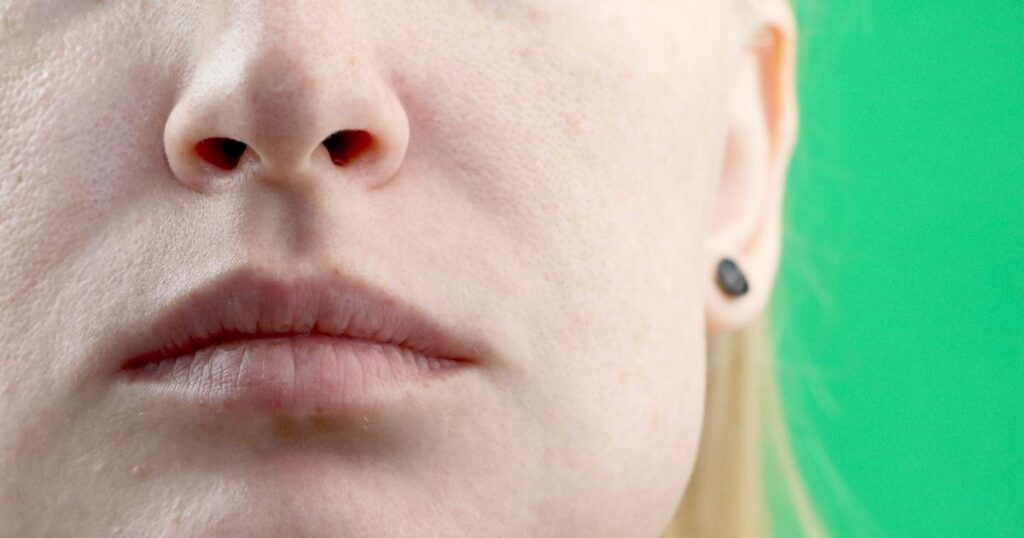
Like all treatments, using fillers for scar improvement has potential risks and side effects. A few individuals may experience reactions after receiving an injection, including redness, swelling, bruising, or infection.
Rarely, there may be more serious complications, such as allergic reactions or filler migration.
| Potential Side Effect | Description | Severity |
| Redness | Reddening of the skin at the injection site | Usually mild and temporary |
| Swelling | Swelling or puffiness at the injection site | Usually mild and temporary |
| Bruising | Discoloration at the injection site | Usually mild and temporary |
| Infection | Signs of infection, including increased pain, warmth, redness, or pus | It can be severe and requires medical attention |
| Allergic Reaction | An individual may experience hives, difficulty breathing, and swelling on their faces, lips, tongues, or throats. | It can be severe and requires immediate medical attention. |
Aftercare and Maintenance: Ensuring the Longevity of Filler Treatments for Scars

Proper aftercare and maintenance are crucial to getting the most out of filler treatments for scars. A healthy skincare routine, regular follow-up treatments, and avoiding unnecessary sun exposure can all help.
The longevity of fillers can vary depending on the type of filler used and individual metabolic factors.
- Sun Protection: Protecting treated areas from excessive sun exposure can help prolong the effects of the fillers.
- Skincare Routine: Regularly cleansing, moisturizing, and treating the skin can support overall skin health and potentially enhance filler results.
- Follow-Up Treatments: Since the effects of fillers are temporary, planning for regular follow-up treatments can help maintain the improved scar appearance.
Future Trends: The Role of Fillers in Scar Treatment in the Coming Years
As research and technology advance, fillers’ role in scar treatment will likely evolve. Emerging trends include the development of longer-lasting fillers, the combination of fillers with other treatments for enhanced results, and the use of new, bioengineered materials. These developments promise even more effective and individualized treatments for improving the appearance of scars.
- Longer-Lasting Fillers: Research is underway to develop fillers that maintain their effects for longer periods, reducing the need for frequent treatments.
- Combined Treatments: Using fillers in combination with other treatments like lasers or micro-needling may enhance results and offer a more comprehensive approach to scar improvement.
- Bioengineered Materials: The future could see new types of fillers made from bioengineered materials, offering potentially safer and more effective options for scar treatment.
Improving the appearance of scars with fillers under the skilled guidance of a qualified professional such as Dr. Tarek Bayazid can significantly impact your quality of life. The evolving field of scar improvement holds promise for more effective and individualized treatments, enabling you to face the world with enhanced confidence.
Dr Tarek Bayazid, a premier plastic surgeon based in Dubai, is renowned for his advanced, patient-focused approach to facial rejuvenation and body contouring. He is globally recognized for his minimally invasive techniques and unique approach to facelifts, which yield natural results. Dr Bayazid’s commitment to patient safety, the latest advancements in aesthetic plastic surgery, and his artistic eye are highly appreciated by his international clientele.
Ready to improve your scar appearance? Book a consultation with Dr Tarek Bayazid today. Benefit from his advanced approach and commitment to natural results and improve your quality of life, enhance your confidence and transform your scars.
Frequently Asked Questions
What types of scars can be improved with fillers?
Fillers can improve the appearance of various types of scars, including acne, surgical, and other atrophic scars (recessed). It’s best to consult a qualified healthcare provider or dermatologist to see if fillers are effective for your specific scar type.
How long do the effects of fillers last?
The longevity of fillers varies depending on the type used. A hyaluronic acid filler usually lasts between six and twelve months, whereas collagen fillers last between three and four months, and fat transfers can last years or even permanently.
Are there any side effects or risks associated with using fillers for scars?
Redness, swelling, and bruising at the injection site are common side effects of fillers. More serious complications, such as allergic reactions or filler migration, can occur in rare cases. It’s crucial to have these treatments performed by an experienced and certified professional to minimize these risks.
What other treatments can be used alongside fillers to improve the appearance of scars?
For enhanced results, fillers can be combined with laser therapy or micro-needling, depending on the type and severity of the scar. A healthcare provider or dermatologist can guide you to the most suitable combination of treatments for your specific case.
What aftercare steps should be followed after having filler treatment for scars?
Aftercare can include avoiding excessive sun exposure, maintaining a good skincare routine, and scheduling follow-up treatments. Protecting the skin from the sun and keeping it moisturized can help prolong the effects of the fillers. It’s also important to follow any specific aftercare instructions from your healthcare provider or dermatologist.



